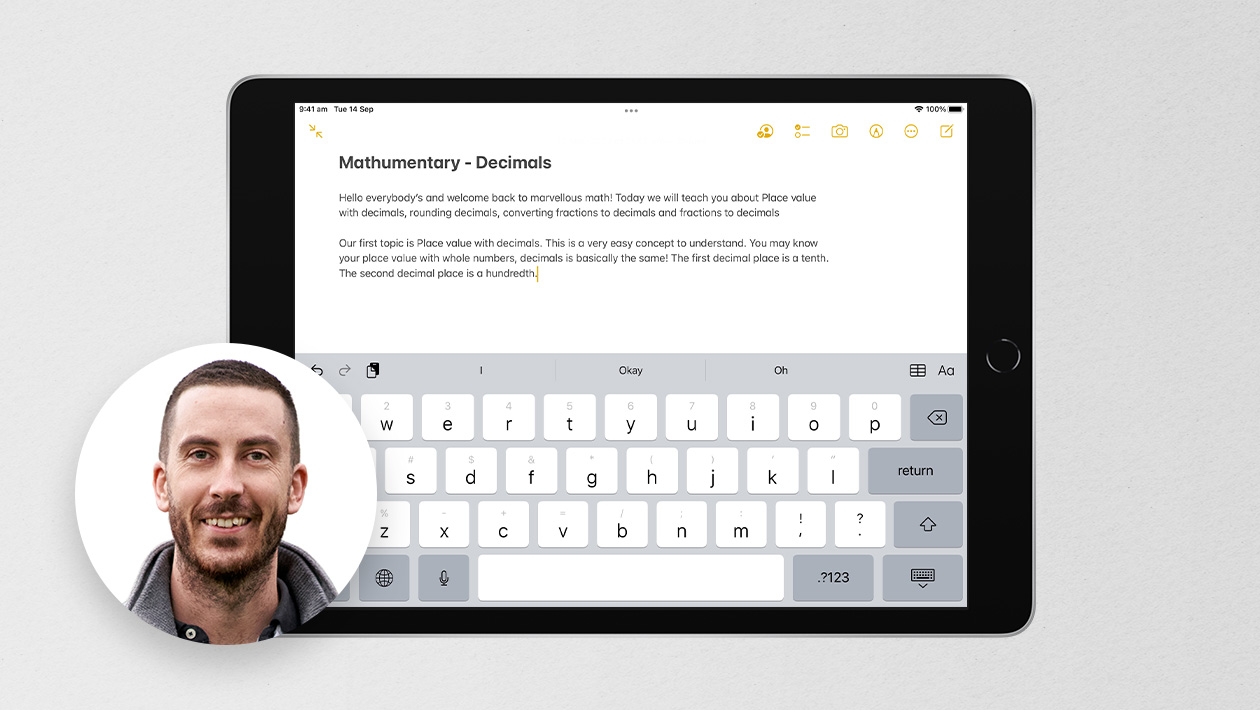Hey fellow educators,
As a physics lecturer, I'm constantly exploring new ways to make complex concepts not just understandable, but exciting for my students. We all know physics can sometimes feel boring. That's why I've become a huge advocate for incorporating storytelling into my lessons, and I wanted to share an approach that has worked wonders for me.
Recently, I prepared a lesson around the often-confused concepts of mass and weight. Instead of simply presenting definitions and formulas, I built a narrative around a character struggling with his “weight”, leading students on a journey to discover the underlying physics. We followed a character who was puzzled by his weight measurement, and through his adventure (a trip to the Moon!), we explored gravitational force, the difference between mass and weight, and how these concepts apply across the universe.
Why does this approach work so well?
- Stories captivate. When students connect with characters and their problems, they become invested in finding the solution. This emotional hook makes them more attentive and curious. - Engagement and Relatability
- Concepts like gravitational force or the interaction of particles can be hard to visualize. A narrative provides a tangible context, helping students see how these forces play out in a relatable scenario. - Making the Abstract Concrete
- We remember stories far better than isolated facts. By embedding physics principles within a memorable plot, students are more likely to recall and understand the information later - Memory Retention
- The story naturally sets up a "problem" that the physics concepts help to "solve," giving purpose to the learning. - A Problem-Solving in Context
For me, seeing the “aha!” moments when students connect the character's journey to the scientific principles is incredibly rewarding. It transforms a lecture into an adventure.
Ready to try storytelling in your Physics (or any STEM) lesson?
Here are a few tips:
Create a Central Character: Give them a goal, a problem, or a curious nature that drives the narrative.
Build a Plot: What challenge does your character face? How does a physics concept help them overcome it?
Use Visuals: Simple animations, drawings, or even physical props can bring your story to life.
Integrate Problems Naturally: Weave in opportunities for students to apply the physics they're learning to help your character.
Keep it Focused: While creative, ensure the story always serves to illustrate the specific physics concept you're teaching.
I believe that by infusing our lessons with creativity and narrative, we can spark a deeper love for physics in our students.
Have you tried storytelling in your STEM classes? What are your thoughts?
I'd love to hear your experiences and ideas!
Video: “Stickman wants to lose Weight”
p.s. This video and the video shared under “related” are made entirely on iPad pro M2.
(I highly recommend Everyone Can Create for unlocking your creativity using iPad and native Apple apps.)
https://www.youtube.com/embed/PD7Y6rDFG-Y?showinfo=0&enablejsapi=1Related








July 27, 2025 . English
English
Wow, I have to agree after watching your Stick Man story, using storytelling to teach or explain concepts makes learning easier and more engaging. Thanks for the lesson on gravitational force. And nice job on the video!
This action is unavailable while under moderation.
This action is unavailable while under moderation.